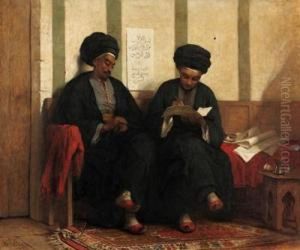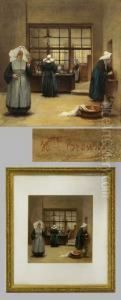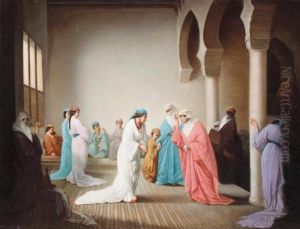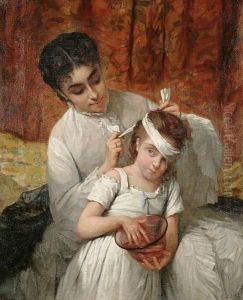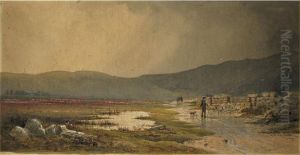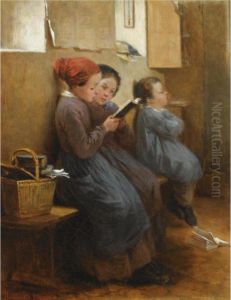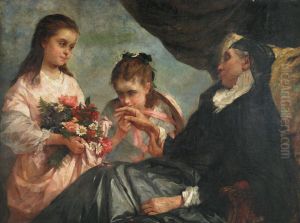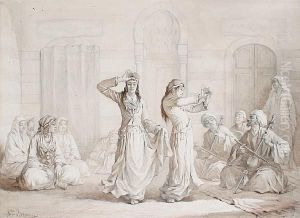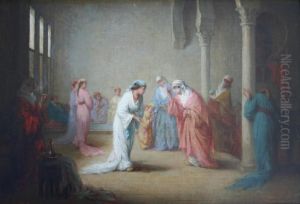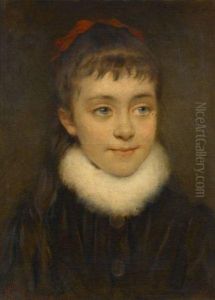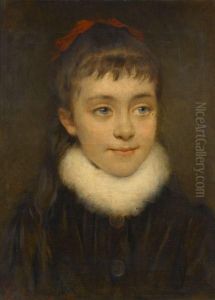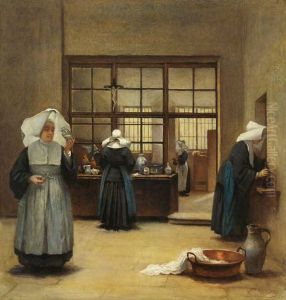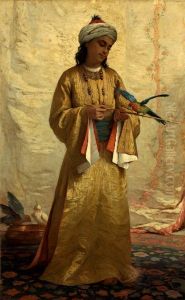Henriette Browne Paintings
Henriette Browne, born Sophie Boutellier in Paris in 1829, was a notable French artist of the 19th century. She is renowned for her detailed genre paintings, portraits, and Orientalist scenes. Browne's artistic journey began under the tutelage of her stepfather, the miniaturist Auguste Hesse, and later, she honed her skills under the guidance of notable artists such as Paul Delaroche and Charles Chaplin. Her early works were primarily religious in theme, but as her career progressed, she became more focused on scenes of daily life, portraits, and eventually the Orientalist subjects for which she is best known today.
Browne's travels to the Middle East in the 1860s significantly influenced her work, leading to a series of paintings that depicted the life and customs of the regions she visited, including Turkey, Egypt, and Lebanon. These works were distinguished by their attention to detail, vibrant color palette, and the sensitive portrayal of her subjects, often highlighting the roles and lives of women in these societies. Her Orientalist paintings were well-received in Paris and gained her recognition and respect in the art world, a notable achievement for a woman artist of her time.
Throughout her career, Henriette Browne exhibited her work at various prestigious venues, including the Paris Salon, where she received critical acclaim. Despite her success, she remained dedicated to social causes, using her art to comment on issues such as the plight of women and the poor. Later in life, she also contributed to the field of nursing, inspired by her sister's work during the Franco-Prussian War.
Henriette Browne passed away in 1901, leaving behind a legacy as a pioneer among female artists in the Orientalist genre. Her work continues to be celebrated for its contribution to 19th-century art, providing insightful perspectives on the cultures she portrayed as well as the challenges and achievements of women artists in her era.
